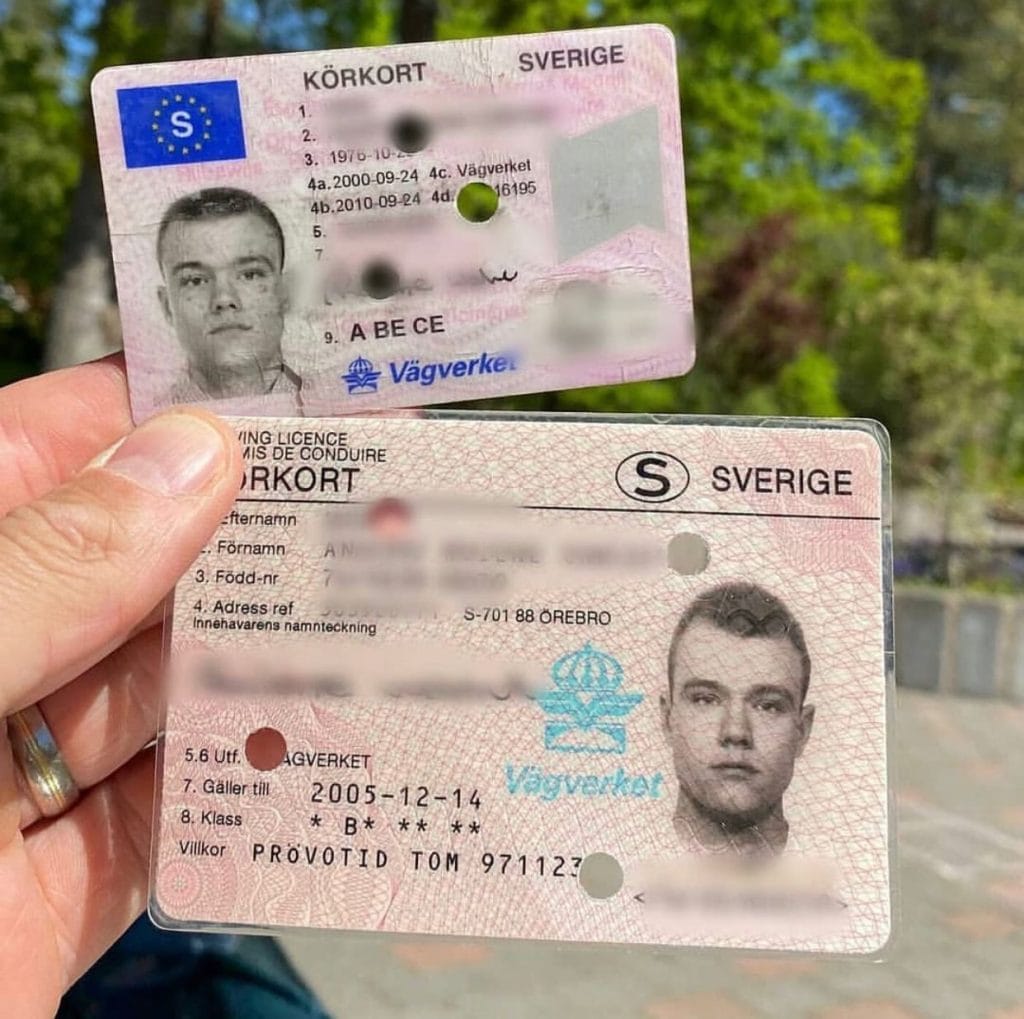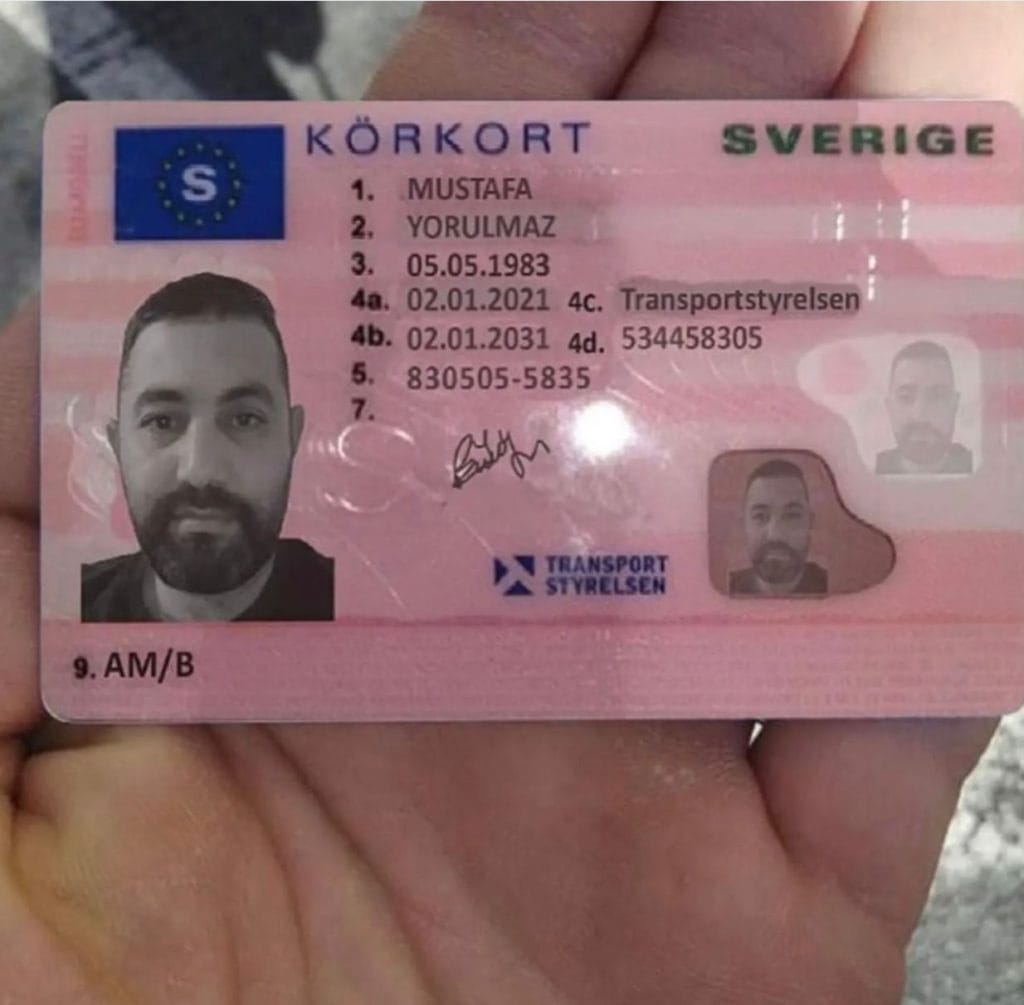20 Things You Need To Be Educated About Buy A1 Driving License
페이지 정보
작성자 Wallace Toler 댓글 0건 조회 13회 작성일 25-07-10 15:00본문

The Comprehensive Guide to Legally Obtaining a Driving License
Driving is a basic skill for numerous, using the freedom to travel where and when you desire, often making life easier and satisfying. However, obtaining a driving license is a process that needs understanding, persistence, and adherence to legal procedures. This guide intends to offer a detailed overview of the actions one should follow to legally get a driving license, highlighting crucial considerations and regularly asked concerns to guarantee a smooth and hassle-free experience.
Comprehending the Basics
Before diving into the application process, it's crucial to comprehend the fundamental requirements and types of driving licenses offered. Driving laws vary substantially from country to nation, and even within different states or provinces within the exact same nation. Normally, there are a number of types of driving licenses, consisting of:

- Learner's Permit: This is typically the very first action in the procedure, permitting new drivers to acquire experience under supervision.
- Provisionary License: Issued after passing a basic driving test, this license generally comes with constraints and is a stepping stone to a full license.
- Full Driver's License: Once all the required requirements are fulfilled, drivers can obtain a full license, which offers complete driving advantages.
- Commercial Driver's License (CDL): Required for those who wish to operate commercial cars, such as trucks or buses.
Actions to Obtain a Driving License
1. Research Study Local Driving Laws
The very first step in acquiring a driving license is to research the specific requirements in your location. Go to the main website of your local Department of Motor Vehicles (DMV) or equivalent agency to find comprehensive information about the licensing process, consisting of age limitations, required files, and costs.
2. Prepare Required Documentation
Each jurisdiction has its own set of files that must be submitted to request a driving license. Frequently required documents consist of:
- Proof of Identity: A passport, birth certificate, or state-issued ID.
- Proof of Residency: Utility expenses, lease contracts, or other main documents that confirm your address.
- Social Security Number (if appropriate): In some countries, a social security number or equivalent is required for recognition.
- Vision Test Results: Some places require a vision test before issuing a learner's license or license.
3. Take a Driver's Education Course
Numerous states and countries require new drivers to finish a driver's education course. These courses are developed to teach the guidelines of the road, traffic laws, and safe driving practices. They can be finished körkortsförsäljning online, https://sun-clinic.co.il/he/question/its-time-to-extend-your-buy-driving-license-without-test-options/, or in a class setting and often include both theoretical and useful components.
4. Use for a Learner's Permit
Once the needed documents is all set and the driver's education course is completed, the next action is to make an application for a learner's permit. This generally involves visiting the DMV or submitting an application online. You will also require to pass a written test that covers traffic laws and driving knowledge.
5. Practice Driving
With a learner's license, you can start practicing driving under the guidance of a licensed adult. This is an important action in building your confidence and skills behind the wheel. It's likewise essential to gain experience in numerous driving conditions, such as night driving, highway driving, and driving in severe weather.
6. Schedule and Pass the Driving Test
After gaining sufficient driving experience, you can set up a driving test with the DMV. The test will evaluate your capability to securely run a vehicle and follow traffic laws. You will need to bring an appropriately signed up and insured automobile to the test, and the inspector will evaluate your driving skills on a predetermined path.
7. Make an application for a Provisional License
If you pass the driving test, you will usually receive a provisional license. This license may feature constraints, such as a curfew or a limitation on the variety of travelers you can have in the vehicle. These limitations are designed to lower the threat of accidents and assist new chauffeurs adapt to the roadway.
8. Upgrade to a Full License
When you have actually held a provisionary license for the necessary period and fulfilled any extra requirements, you can upgrade to a full driver's license. This process normally includes a basic application and may need a retest or extra documentation.
Tips for a Successful Application
- Start Early: Begin the procedure as soon as you satisfy the age requirement to provide yourself adequate time to prepare.
- Stay Informed: Keep current with any modifications in driving laws or DMV procedures.
- Practice Regularly: Consistent practice is crucial to building self-confidence and improving your driving abilities.
- Stay Calm During the Test: Anxiety can impact your efficiency, so take deep breaths and stay focused.
- Follow DMV Instructions: Pay attention to the directions supplied by the DMV and the examiner throughout your test.
Frequently Asked Questions (FAQs)
Q: What is the minimum age to get a student's license?
A: The minimum age differs by jurisdiction. In the United States, it typically ranges from 15 to 16 years old. In the UK, the minimum age is 17. Inspect your local DMV website for specific details.
Q: Can I get a driver's license online?
A: Some jurisdictions permit you to finish parts of the application procedure online, such as filling out types and scheduling tests. Nevertheless, you will generally require to go to a DMV office face to face to submit required files and take the driving test.
Q: What takes place if I fail the driving test?
A: If you stop working the driving test, you can usually retake it after a specific period. This period differs by location, but it is often a few weeks. It's an excellent concept to practice more before retaking the test to improve your opportunities of success.
Q: Can I drive alone with a learner's authorization?
A: No, a student's permit usually requires you to be accompanied by a certified adult, usually over 21 years of ages, who is seated in the front traveler seat.
Q: Is a vision test needed to get a driving license?
A: Yes, a lot of jurisdictions need a vision test to make sure that you can securely operate a car. You can typically take this test at the DMV or with an approved eye doctor.
Q: How long does it require to get a full driver's license?
A: The time required to obtain a complete driver's license varies depending on your jurisdiction and the specific steps included. Generally, it can take a number of months, including the time needed to complete a driver's education course, hold a learner's license, and pass the driving test.
Q: Can I use a provisionary license to drive for work?
A: It depends upon the constraints put on your provisional license. Some provisional licenses allow you to drive for work, while others might have specific limitations. Inspect your license for details or get in touch with the DMV for clarification.
Q: What is the distinction between a student's permit and a provisional license?
A: A student's authorization is the first phase of the licensing procedure and enables you to drive only under supervision. A provisional license, on the other hand, grants you more driving privileges however might still have some limitations, such as a curfew or guest limitations.
Q: Can I look for an industrial driver's license (CDL) without a full driver's license?
A: No, you usually need a full driver's license before getting a CDL. A CDL is a specialized license that needs extra training and testing, and it is only released to those who have actually demonstrated the ability to securely run a standard automobile.
Q: What should I do if I lose my driving license?
A: If you lose your driving license, you need to report it to the DMV and obtain a replacement. You might require to supply proof of identity and pay a fee. It's likewise a great idea to alert your insurance business and any other pertinent parties.
Getting a driving license is a considerable turning point that opens up new opportunities and increases independence. By following the steps laid out in this guide and staying notified about regional laws and requirements, you can make sure a smoother and more effective licensing process. Keep in mind that driving is a serious responsibility, and putting in the time to discover and practice is important for your security and the safety of others on the roadway.
- 이전글[@rest31] 카톡화력계정구매 오픈채팅방유령인원 거래 카톡해외계정파는곳 카톡봇질계정 카톡채널작업파는곳 25.07.10
- 다음글라칸 【위너보증.com / 가입코드 9122】 지지벳주소 25.07.10
댓글목록
등록된 댓글이 없습니다.

